Table of Contents
Why People Search 'Cardamom Cardamom'
When you search for 'cardamom cardamom', you're not alone. This specific query reflects a common search behavior where users are trying to distinguish authentic, high-quality cardamom from potential substitutions or inferior products. The repetition of the word 'cardamom' emphasizes the search for pure, genuine cardamom knowledge, avoiding confusion with similar-sounding spices or low-grade imitations that don't deliver the authentic flavor profile.
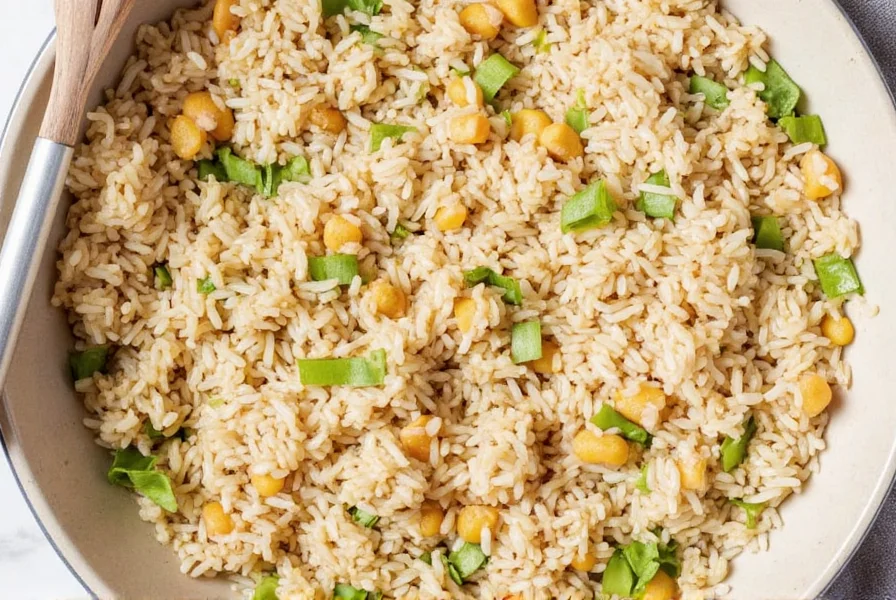
Cardamom, often referred to as the 'Queen of Spices,' is one of the most aromatic and versatile spices in the world. Known for its intense, floral, and slightly sweet aroma, cardamom has been used for centuries across various cultures, from Indian curries to Middle Eastern desserts and Scandinavian pastries. However, due to its popularity and value, there are many imitations and lower-quality products on the market. This is why many people specifically search for 'cardamom cardamom' - to find reliable information about identifying authentic, high-quality cardamom.
Types of Cardamom
There are two main types of cardamom: green cardamom and black cardamom. Each has its own distinct characteristics and uses. Understanding how to identify authentic varieties is crucial for getting the best flavor in your dishes.
| Type | Description | Flavor Profile | Common Uses |
|---|---|---|---|
| Green Cardamom | Small, light green pods with a strong, sweet aroma. Authentic pods have a vibrant color and smooth texture. | Floral, citrusy, and slightly sweet with a clean, fresh finish | Indian curries, chai, desserts, and beverages |
| Black Cardamom | Larger, darker pods with a smoky, earthy flavor. Genuine pods should feel firm and have a distinctive wrinkled texture. | Smoky, pungent, and slightly bitter with a distinct camphor note | Indian and Chinese stews, meat dishes, and broths |
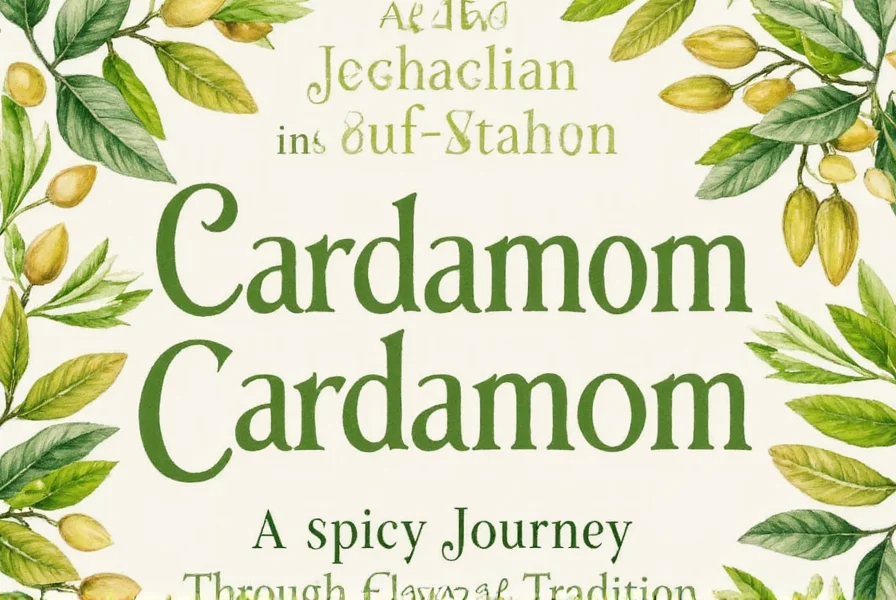
While both types are valuable, green cardamom is more commonly found in Western kitchens due to its milder and more appealing flavor. Black cardamom, on the other hand, is favored in many Asian cuisines for its bold, smoky notes. When purchasing, look for specific characteristics that distinguish authentic pods from imitations.
Flavor Profile and Uses
Cardamom's flavor is complex and multi-layered. It has a warm, spicy scent that blends well with both sweet and savory dishes. The key components of its flavor include:
- Floral notes: Similar to jasmine or orange blossom - authentic cardamom has a clean, fresh floral aroma without any mustiness
- Citrusy undertones: Slightly tangy and bright - genuine cardamom should have a crisp citrus note that's not overpowering
- Earthy sweetness: A gentle, lingering sweetness - authentic cardamom has a balanced sweetness without artificial or chemical notes
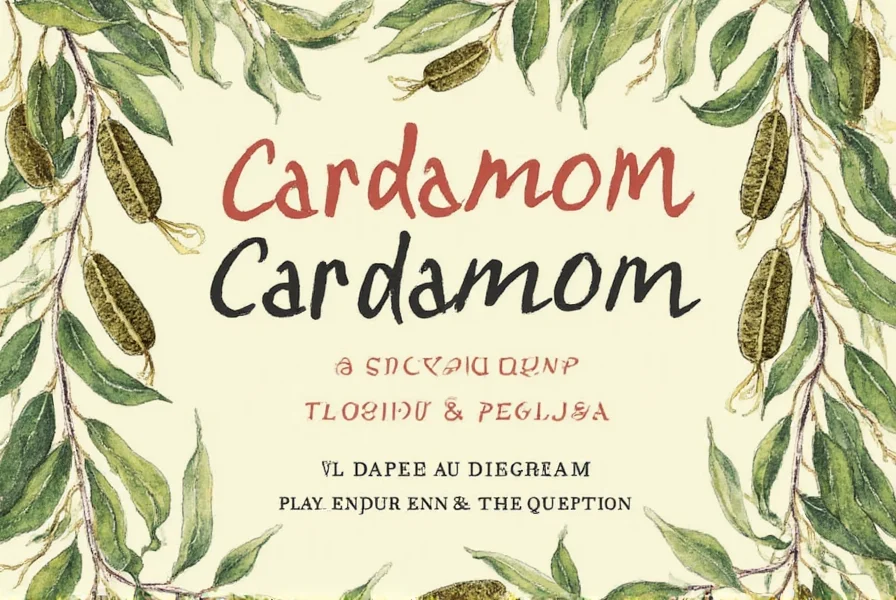
This versatility makes cardamom a favorite in many cuisines. In India, it's a staple in masalas and garam masala, while in Scandinavia, it's used in baked goods like cardamom buns. In the Middle East, it's often added to coffee and desserts. Authentic cardamom has a distinct flavor profile that cannot be replicated by inferior substitutes.
One of the most popular uses of cardamom is in chai tea. The combination of black tea, milk, sugar, and cardamom creates a rich, spiced drink that's both comforting and energizing. Another unique use is in desserts such as baklava, where it adds an extra layer of complexity to the already rich flavors. When using authentic cardamom, the flavor will be more pronounced and nuanced than with lower-quality versions.
Cooking Tips with Cardamom
Whether you're using whole pods or ground cardamom, there are several tips to keep in mind to get the most out of this spice, especially when using authentic high-quality cardamom:
- Toast the pods: To release their full flavor, lightly toast the whole pods in a dry pan before grinding them. Authentic cardamom releases a more complex aroma when toasted compared to lower-quality versions.
- Use sparingly: Cardamom is potent, so a little goes a long way. Start with a pinch and adjust to taste. High-quality cardamom has more concentrated flavor, so you may need less than with inferior products.
- Pair with complementary spices: Cardamom works well with cinnamon, cloves, nutmeg, and cumin. Experiment with different combinations to find your favorite. Authentic cardamom pairs more harmoniously with other spices than imitations.
- Infuse in liquids: Add cardamom to hot liquids like tea, soups, or syrups to extract its flavor fully. Genuine cardamom releases its essential oils more effectively when infused.
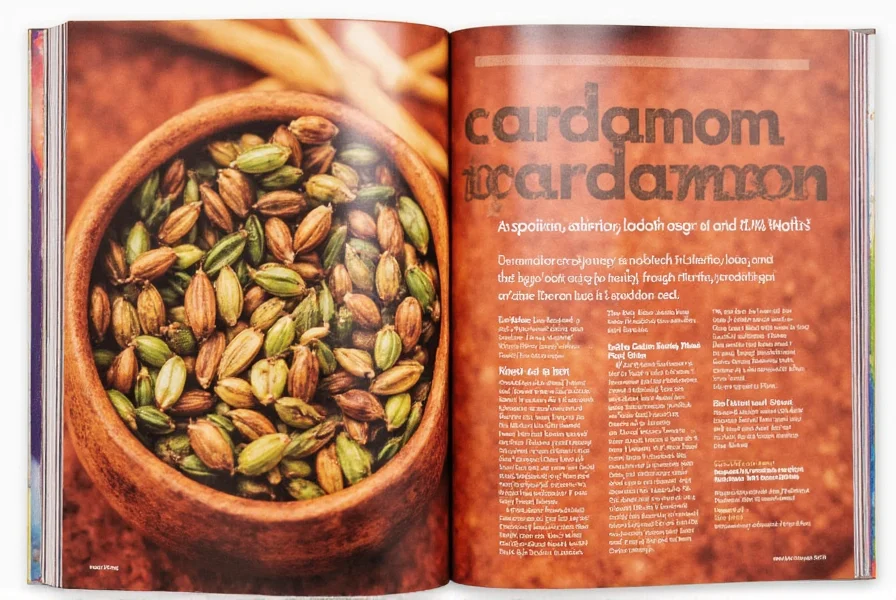
If you're making a dish that requires a lot of heat, such as a stew or curry, consider adding cardamom early in the cooking process to allow its flavor to infuse into the dish. For desserts, you can mix ground cardamom directly into the batter or dough. With authentic cardamom, the flavor will be more pronounced and nuanced than with lower-quality versions.
Another tip is to store cardamom properly. Whole pods can last up to a year if kept in an airtight container away from light and moisture. Ground cardamom, however, loses its potency more quickly, so it's best to grind it fresh when needed. Authentic cardamom maintains its quality longer when stored properly compared to inferior products.
Buying Guide for Cardamom
Purchasing high-quality cardamom is essential for getting the best flavor and aroma. Here's a detailed guide to help you choose the right product and avoid imitations:
1. Green Cardamom
Green cardamom is the most widely available type. Look for bright green, plump pods without any signs of mold or discoloration. The ideal size is about 1-1.5 inches long. Avoid pods that are too large or have a dull appearance, as they may be old or poorly stored.
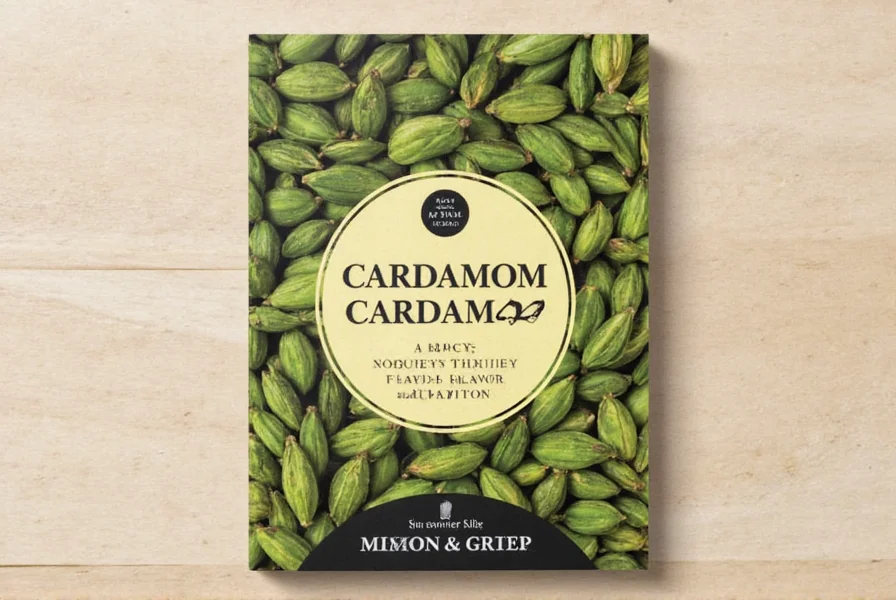
When buying in bulk, check the packaging for freshness. High-quality green cardamom should have a strong, pleasant aroma. If it smells musty or stale, it's not suitable for use. Authentic cardamom pods will feel slightly heavy for their size and have a smooth, glossy surface.
2. Black Cardamom
Black cardamom is less common in Western markets but widely used in Asian cuisines. It has a darker, more rugged appearance and a stronger, smokier flavor. Choose pods that are firm and free from cracks or damage. Authentic black cardamom should have a distinctive wrinkled texture and a strong, smoky aroma.
Black cardamom is often used in dishes that require a deep, earthy flavor. It pairs well with meats, vegetables, and hearty stews. However, due to its intensity, it's important to use it in moderation. Genuine black cardamom pods will have a consistent dark brown color with no signs of mold or discoloration.
3. Ground Cardamom
Ground cardamom is convenient but can lose its potency over time. When purchasing pre-ground cardamom, look for products that are freshly ground and packaged in airtight containers. The color should be vibrant, and the aroma should be strong and sweet. Authentic ground cardamom will have a consistent color without any clumping or discoloration.
If you're a serious cook, it's better to buy whole pods and grind them yourself. This ensures maximum freshness and flavor. A good spice grinder or mortar and pestle will do the job effectively. Authentic whole pods will release more aroma when ground compared to inferior products.
4. Organic vs. Non-Organic
Opt for organic cardamom whenever possible to avoid pesticides and ensure a cleaner, more natural flavor. Organic cardamom is also more likely to be sustainably sourced and ethically produced. Authentic organic cardamom will have certification labels from recognized organizations.
5. Regional Varieties
Cardamom is grown in several regions, including India, Guatemala, and Sri Lanka. Each region produces slightly different varieties with unique flavor profiles. For example, Indian cardamom tends to be more floral, while Guatemalan cardamom is often more intense and smoky.
Experiment with different regional varieties to find the one that suits your taste preferences and culinary needs. Authentic cardamom from specific regions will have distinct flavor characteristics that can be identified by experienced cooks. When purchasing, look for information about the origin to ensure you're getting genuine regional varieties.
Conclusion
Cardamom, or cardamom cardamom, is more than just a spice—it's a symbol of tradition, flavor, and cultural richness. Its unique aroma and versatility make it a must-have in any kitchen. Whether you're brewing a cup of spiced chai, baking a batch of cardamom cookies, or enhancing a savory dish, cardamom adds a touch of magic that can't be replicated by any other spice.
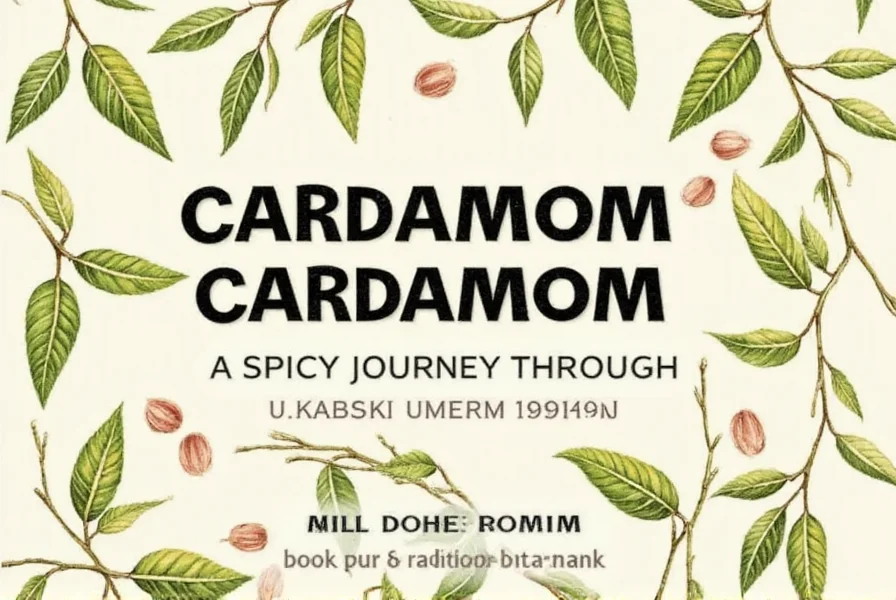
Understanding the different types of cardamom, how to use it, and how to choose the best quality will help you unlock its full potential. Remember, cardamom is a spice that rewards patience and care—so take the time to explore its many possibilities.
In the world of spices, cardamom stands out as a true gem. With its rich history and incredible flavor, it continues to inspire chefs and home cooks alike. So go ahead, add a pinch of authentic cardamom to your next recipe and experience the difference for yourself.
Frequently Asked Questions
Why do people search for "cardamom cardamom" specifically?
Searching "cardamom cardamom" often indicates users want to distinguish authentic cardamom information from potential substitutions or inferior products. This double naming emphasizes the search for pure, high-quality cardamom knowledge, avoiding confusion with similar-sounding spices or low-grade imitations that don't deliver the authentic flavor profile.
What's the most surprising way to use cardamom in everyday cooking?
One of the most surprising yet transformative uses is adding a single cardamom pod to your morning coffee grounds before brewing. The floral notes complement coffee's bitterness perfectly, creating a naturally spiced beverage without added sugars. Just remove the pod before serving—this simple technique elevates your daily coffee ritual with minimal effort.
How can I tell if my cardamom has gone bad?
Fresh cardamom should have a strong, citrusy aroma when pods are crushed. If it smells musty, dusty, or has little scent when rubbed between your fingers, it's lost potency. Visually, green cardamom should be vibrant—not dull or yellowed. Properly stored whole pods maintain quality for 12-18 months, while ground cardamom deteriorates in 6-8 months.
Can I substitute cardamom in recipes if I don't have it?
While no substitute perfectly replicates cardamom's unique profile, a blend of equal parts cinnamon, ginger, and cloves can provide a similar warm complexity in a pinch. For sweet dishes, add a touch of citrus zest to mimic cardamom's floral-citrus notes. However, for authentic Middle Eastern or Indian recipes, seeking out real cardamom is worth the effort as it's irreplaceable in traditional preparations.
What's the secret to making cardamom flavor stand out in baked goods?
The professional secret is to toast and freshly grind cardamom just before baking. Measure whole pods, toast them lightly until fragrant (about 1 minute), then grind to powder. This releases essential oils that supermarket ground cardamom has already lost. For every ½ teaspoon of pre-ground cardamom called for, use 8-10 freshly ground pods for dramatically more vibrant flavor in cookies, cakes, and breads.
Does cardamom have health benefits beyond flavor?
Yes, cardamom contains antioxidants like cineole that support respiratory health and may help reduce inflammation. Studies suggest it can aid digestion by stimulating enzyme production and has antimicrobial properties. Traditional medicine uses it for freshening breath and soothing upset stomachs. While not a medicine, incorporating cardamom into your diet offers these subtle wellness benefits alongside its culinary magic.
Why is my cardamom recipe turning bitter?
Bitterness usually comes from two sources: using too much cardamom (it's potent!) or including the dark outer shell when grinding. The bitter compounds concentrate in the pod exterior. For sweet dishes, use only the black seeds inside by gently crushing pods and removing the husk. For savory dishes, whole pods can be used but should be removed before serving to prevent over-extraction of bitter compounds.
What's the difference between Malabar and Mysore cardamom varieties?
Malabar cardamom (from Kerala) has a eucalyptus-like note and is more affordable, while Mysore cardamom (from Karnataka) features stronger camphor notes and is considered premium quality. Mysore's higher cineole content gives it a more complex, floral aroma preferred by chefs. When recipe specifies "true" cardamom, it's likely referring to Mysore variety, though both are authentic green cardamom.

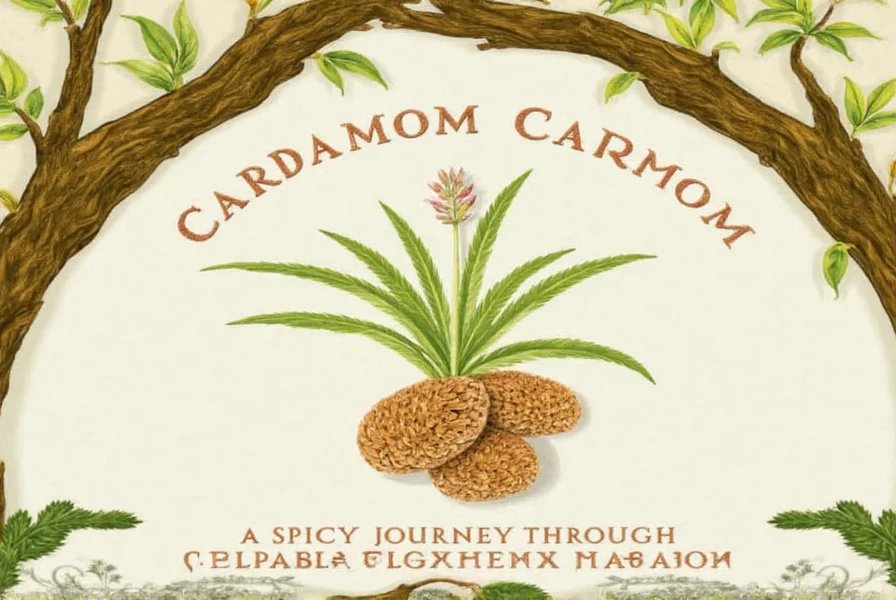









 浙公网安备
33010002000092号
浙公网安备
33010002000092号 浙B2-20120091-4
浙B2-20120091-4